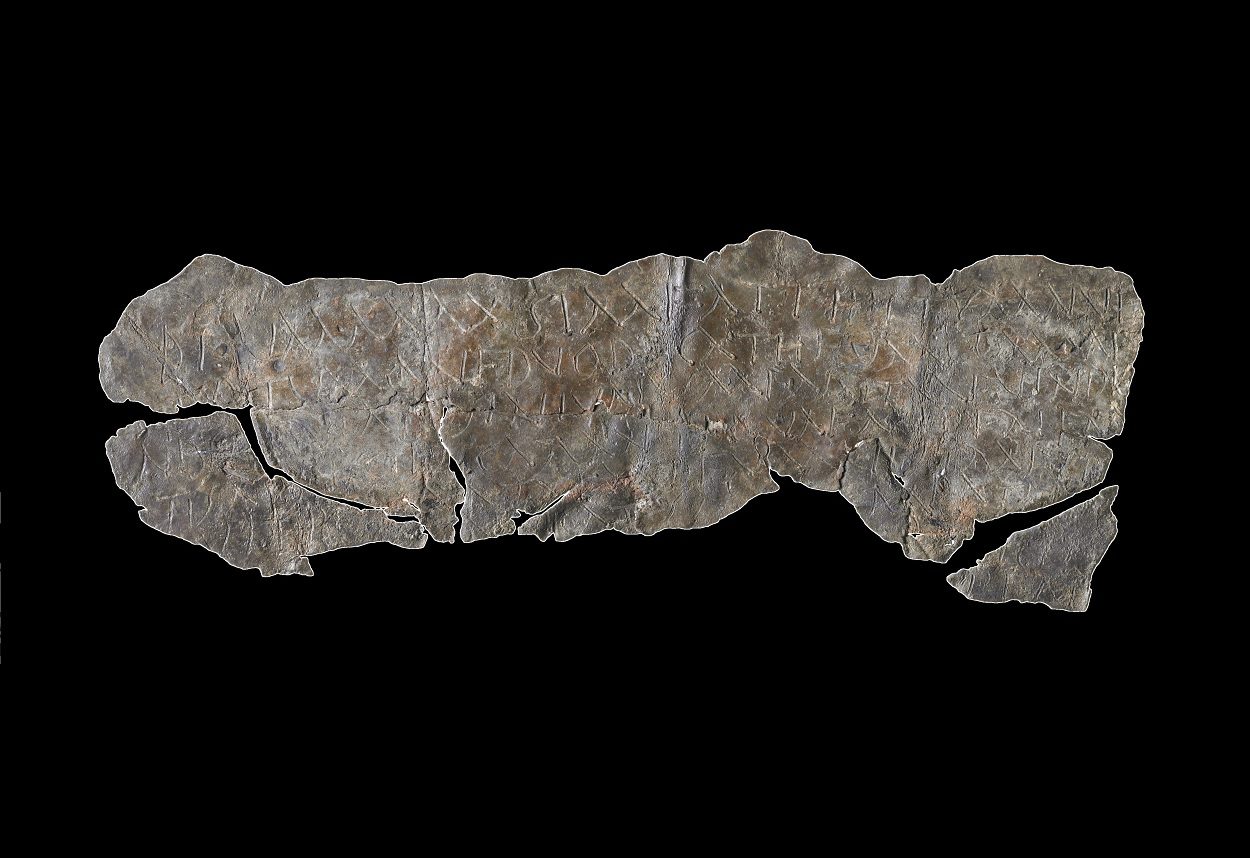Researchers from the Johannes Gutenberg Universitaet Mainz (JGU), have found that the Book of Revelation has some descriptions and phrases similar to ancient curse tablets.
The Book of Revelation is the final book of the New Testament, spanning three literary genres: the epistolary, the apocalyptic, and the prophetic. The book is traditionally believed to have been written sometime during the 1st century AD, although the precise identity of the author (who names himself simply as “John”) has long been a point of academic debate.
During antiquity, curse tablets were very common in the Greco-Roman world, where they would be used to ask the gods, spirits, or the deceased to perform an action on a person or object, or otherwise compel the subject of the curse.
The curses were scratched onto thin sheets of lead, and were then either rolled, folded, or pierced with nails, and then placed beneath the ground: either buried in graves or tombs, thrown into wells or pools, sequestered in underground sanctuaries, or nailed to the walls of temples.
Cursed tablets were used by all members of society, regardless of economic or class status, with some 1,700 tablets being discovered at sites across the Roman world that mainly date from between 500 BC to AD 500.
A research project entitled “Disenchanted Rituals. Traces of the Curse Tablets and Their Function in the Revelation of John”, has been investigating the role cursed tablets played in Roman society, and how they have similar terminology to the Book of Revelation.
Dr. Michael Hölscher of JGU said: “There are aspects of curse tablet-related inscriptions and practices in Revelation. This may well have been an indirect expression of the need for segregation and the attempt at self-preservation of an often threatened early Christian community.”
“The curse ritual as a whole was not simply restricted to the wording of the spell as such, but would have also involved the act of writing it down, the piercing of the tablets, or their burial in deliberately selected places,” said Hölscher, describing aspects of the tabella defixionis practice. The ancients considered it a form of witchcraft or black magic, which were proscribed under Roman law.
By analysing the phrasing used on the tablets, the researchers have been looking at how these have left their traces in the text of the Book of Revelation, and how readers of the late first century AD might have interpreted the Bible text.
“It is possible that those who read or listened to the words of the Apocalypse of John could readily have seen whole passages, single phrases, or concepts in the light of curse spells,” said Hölscher, emphasising the influence of the curse tablet culture.
The project has been investigating the overlap of the two sources against the background of how magic on the one hand and religion on the other were perceived in antiquity.
“In Revelation, we find wording and phrases that are very similar to those that appeared on curse tablets, although no actual verbatim quotations from the latter appear,” Hölscher pointed out.
As an example, he cites the description of an angel that casts a vast stone into the sea with the words: “Thus with violence shall that great city Babylon be thrown down, and shall be found no more at all.”
According to Hölscher, this can be read as a kind of curse ritual. Those confronted with these words at the time could well have directly associated them with the routine use of curse tablets with which they would have been familiar.
In the seven letters of the Book of Revelation, Roman rule and the cult of the emperor are portrayed as demonic, satanic phenomena, from which the Christian minority was striving to isolate itself.
“The Book of Revelation contributes to the process of self-discovery, the seeking of a distinctive identity by a Christian minority in a world dominated by a pagan Roman majority that rendered routine homage not only to the emperor but also to the main Roman gods”, explained Hölscher.
Johannes Gutenberg Universitaet Mainz
Header Image : Curse tablet cursing Priscilla from Groß-Gerau: The lead tablet consists of three fragments and is inscribed on both sides with a prayer for revenge in Latin. It probably dates from around 100 AD – Image Credit : René Müller / LEIZA





